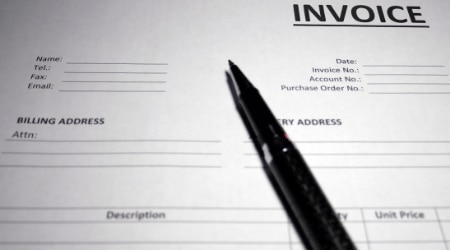How to calculate asset turnover ratio
There are two steps to calculate your asset turnover ratio:
- Find out your total net sales: This is the amount of revenue generated minus sales returns, discounts, and sales allowances. Learn more about how to calculate net sales.
- Divide by your total average asset value: You can calculate this by finding the average of the beginning and ending asset values of the period you’re looking at, such as a year.
To put it another way, the asset turnover formula is:
Total net sales
–------------------------- = Asset turnover ratio
Total average asset value
Example:
Let’s say ABC Company operates in the retail sector, which has an average asset turnover ratio of 2.1. At the end of the financial year, ABC Company had net sales totalling $100,000.
At the beginning of that year, the total value of ABC Company’s assets was $40,000. The business invested a $10,000 piece of equipment during the year, bringing its asset value at the end of the year to $50,000.
To calculate the asset turnover ratio, you first need to work out the average asset value for the year:
40,000 + 50,000 / 2 = 45,000
From there, you can use the formula to work out the asset turnover ratio:
100,000
–-------- = 2.2
45,000
This is slightly higher than the industry average of 2.1, which indicates that the business is using its assets efficiently.












